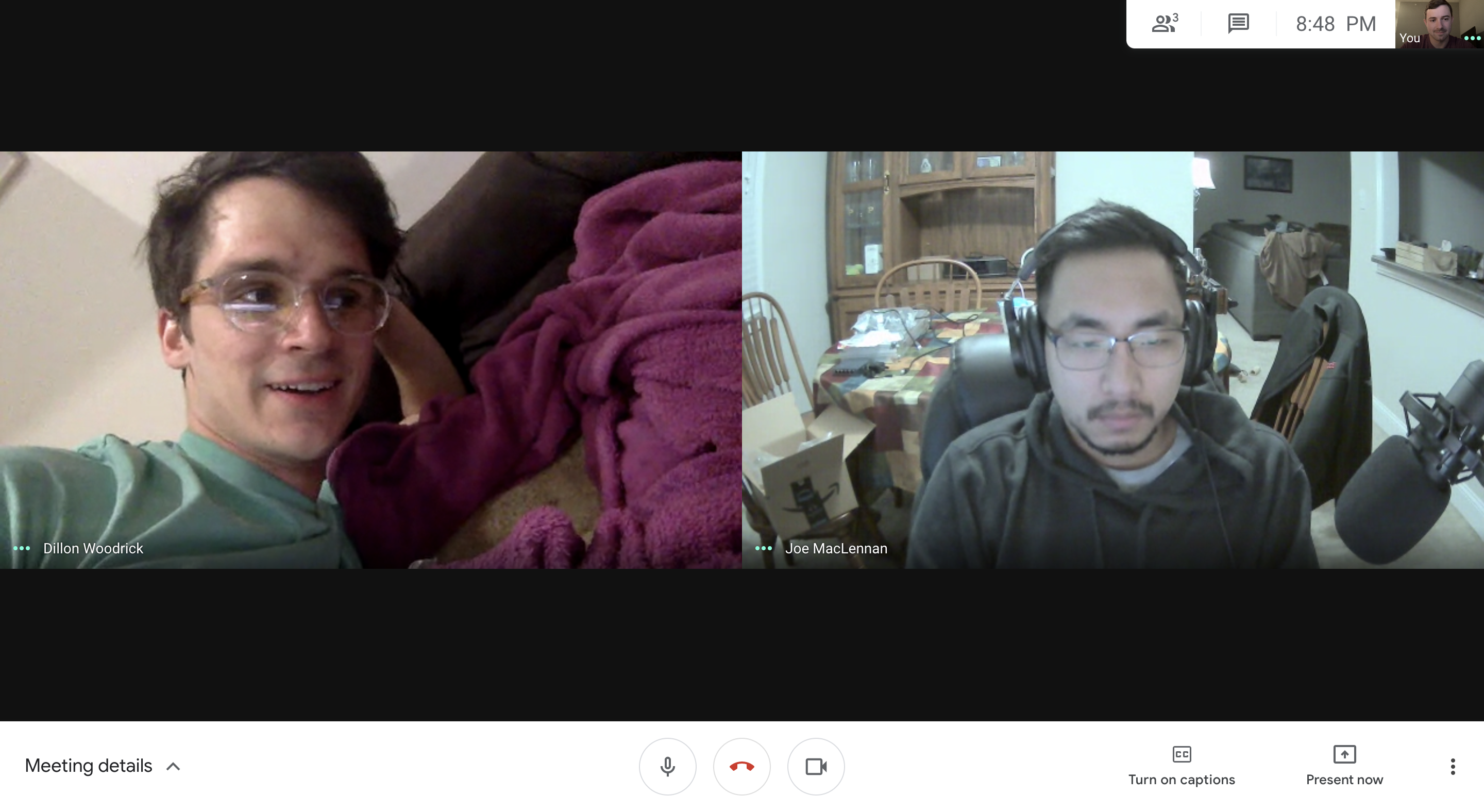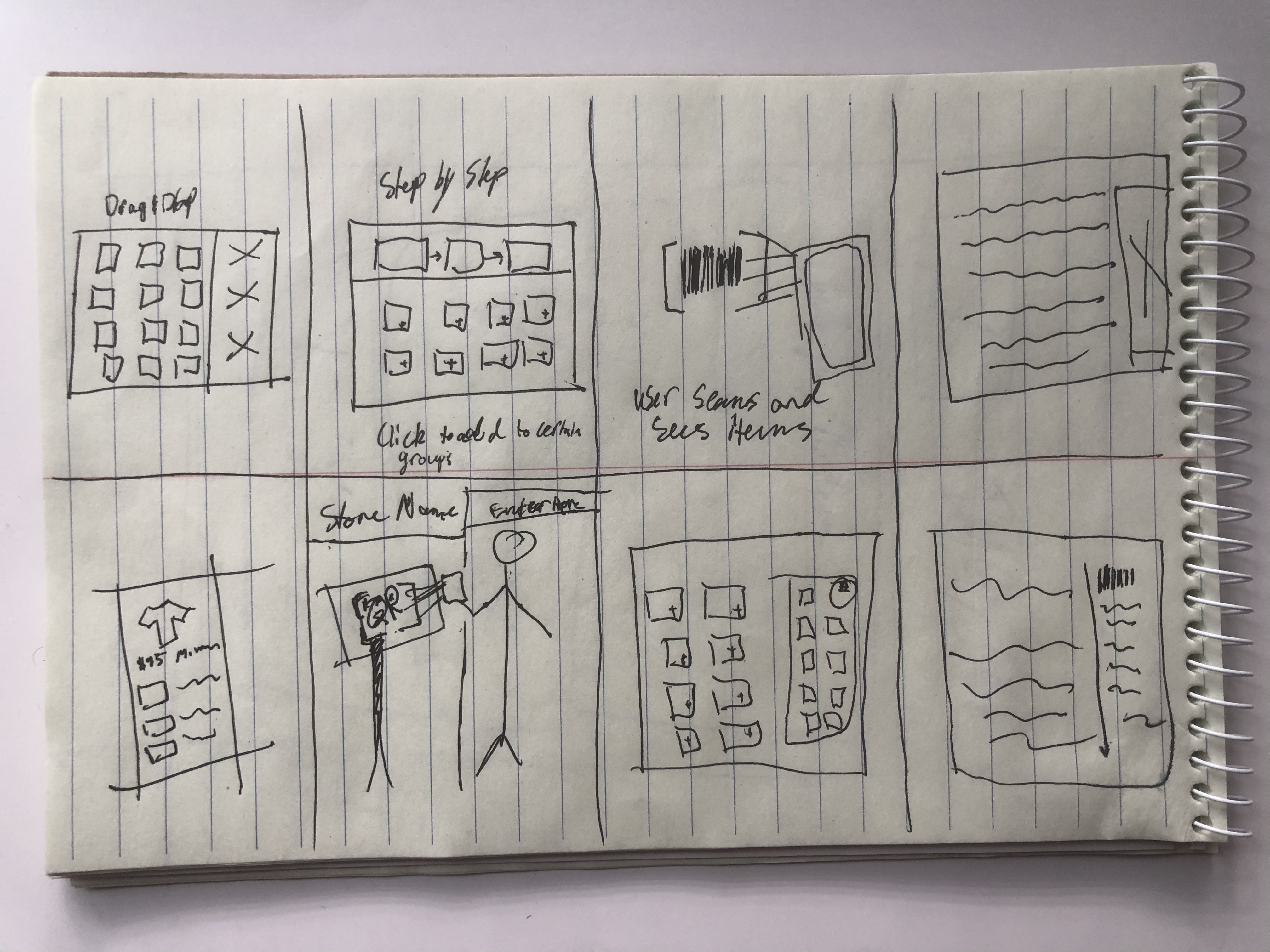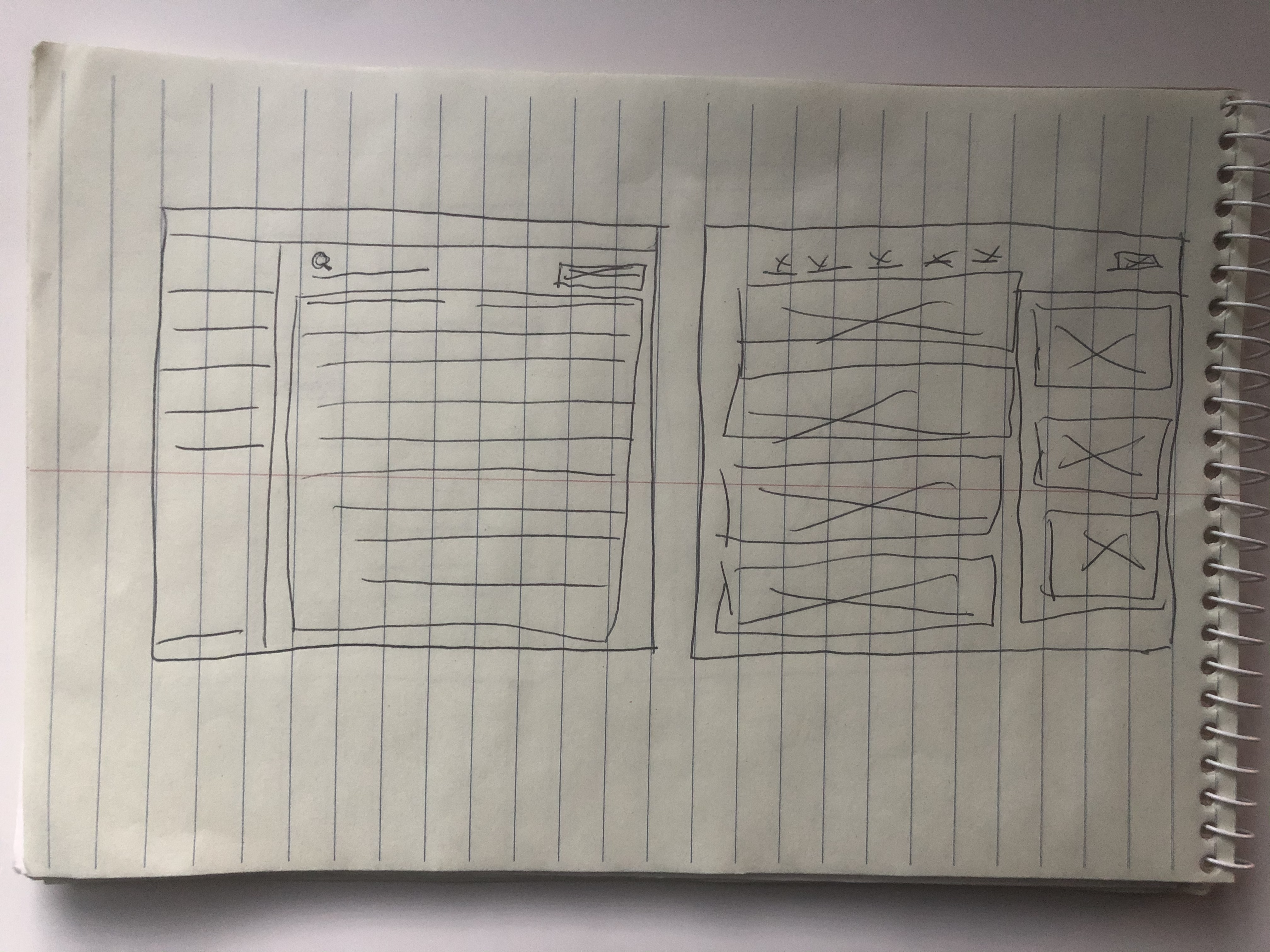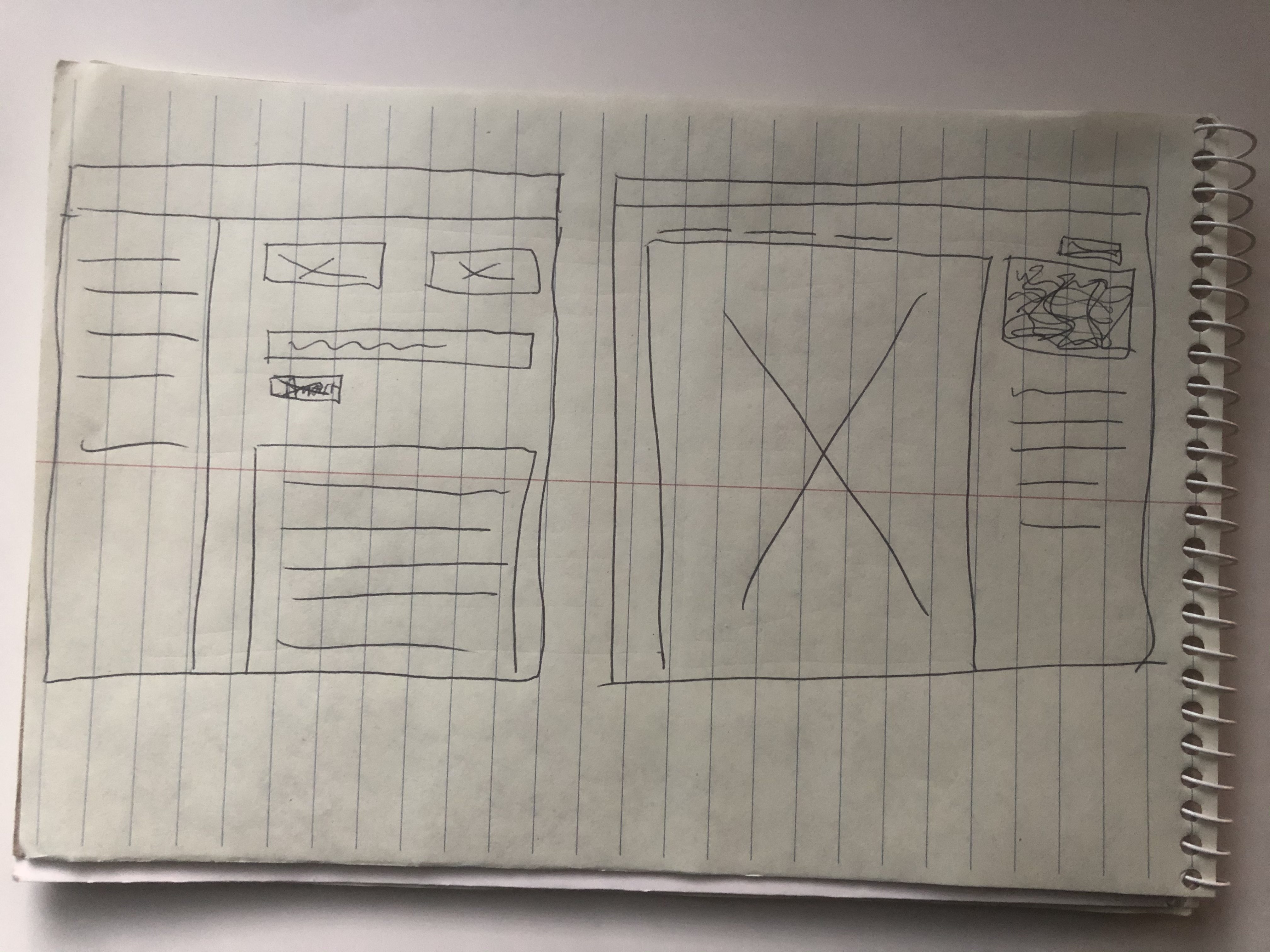
The Everybody Stylist | Design Sprint Case Study

Project Overview
Background & Problem
The idea for this project came to me from a problem I had while looking for an outfit to wear for engagement photos. I would find a shirt or a pair of shoes that I liked, but didn't know what would match well with it.
Suggested is a new way to bring a personal stylist to the average, every day shopper. Suggested wants to give shoppers a more user-centered experience by giving them the power to be more confident while buying products.
Suggested is a tool that lets store's create outfits for their users to see in stores. Fashion is something that can be creative and expresses individuality, but most people shopping for clothing don't actually know what matches and what doesn't. Suggested allows a brand's fashion expert to build outfits and be found in stores by a shopper scanning the barcode on a piece of clothing they like and seeing items that match the scanned item.
Goals & Scope
Design a web app for stores that is simple, fast, and easy to use
Design the UI for what their customers would see as a result of using the tool
Tools
Role
Team
Timeline
Scan me to see what it would look like when a shopper scans an item in a store!

Design Process

Research
Exploratory Research
Since this is a new product, I decided to start by looking around at current solutions to this problem and verify what they were missing. I came across companies and services like Stitch Fix, Trunk Club, and DailyLook. They all had a similar approach of involving filling out a form, working with a "personal" stylist, and getting a box shipped to your door full of clothes you haven't tried on yet. The only real difference between them is the way their "Style Quiz" works.
Pain Points Overview
No in store integration
Stylist and shipping time
Don't know exactly what you're
getting until it
arrives
Exchange time

User Interviews
The next step of my process was interviewing three different users. Two users who shop frequently and keep up with current trends and a third who really only shops for stuff they absolutely need. While the users were talking, I would take down notes to later help with "How Might We's?".

How Might We...?

Design
Crazy 8s
I like to start the design process with Crazy 8s because it forces me to put every idea I have on paper, whether it's good or bad. The time constraint helps me think about any possibility instead of ruling out ideas in my head before being able to truly test them.

Task Flow
This tool really only has two main task flows so I wanted to be sure they were fast and simple processes. The longer it takes, the less likely brands would use it. This took a few sketches to get one that was simple.
Importing Inventory Task FLow

Creating a Collection Task FLow

Prototype & Test
Lo-Fidelity
Although high-fidelity prorotyping takes little time, I still like to start with pencil and paper. This allows me to quickly try out different layouts before spending time on one layout just to find that it may not be the best option. Here are a few images of some quick wireframes.


High Fidelity
The final product after sketching, research, and many iterations.

Usability Testing
I like to prepare before I start testing by creating a usability testing plan. This helps define what and why I am testing a feature and also provides a guide for conducting the usability test. My next step is to conduct the usability tests. I conducted 3 in-person tests and 1 remote. I jot down notes as I watch and listen to each user and record the screen so I can watch back for things I missed.
Final Thoughts & Next Steps
Final Thoughts
After finalizing the prototype, I believe that I have met the goals of the sprint that I had outlined at the beginning of the process. I designed an interactive prototype for the tool that I call "Suggested" and created a UI for what shoppers would see in store. If I had more time, and this wasn't an MVP, I would have implemented and tested more features that would be nice-to-haves. The extra features I was considering would widen the use case for the tool, such as using it to group DIY items at a home construction store or furniture store like Ikea. This would help make the tool more marketable.
Next Steps
With prototyping and testing completed, the design was handed off to the client. I shared a detailed handoff that included the prototype, flow, specs, states, and rules for each component and interaction.